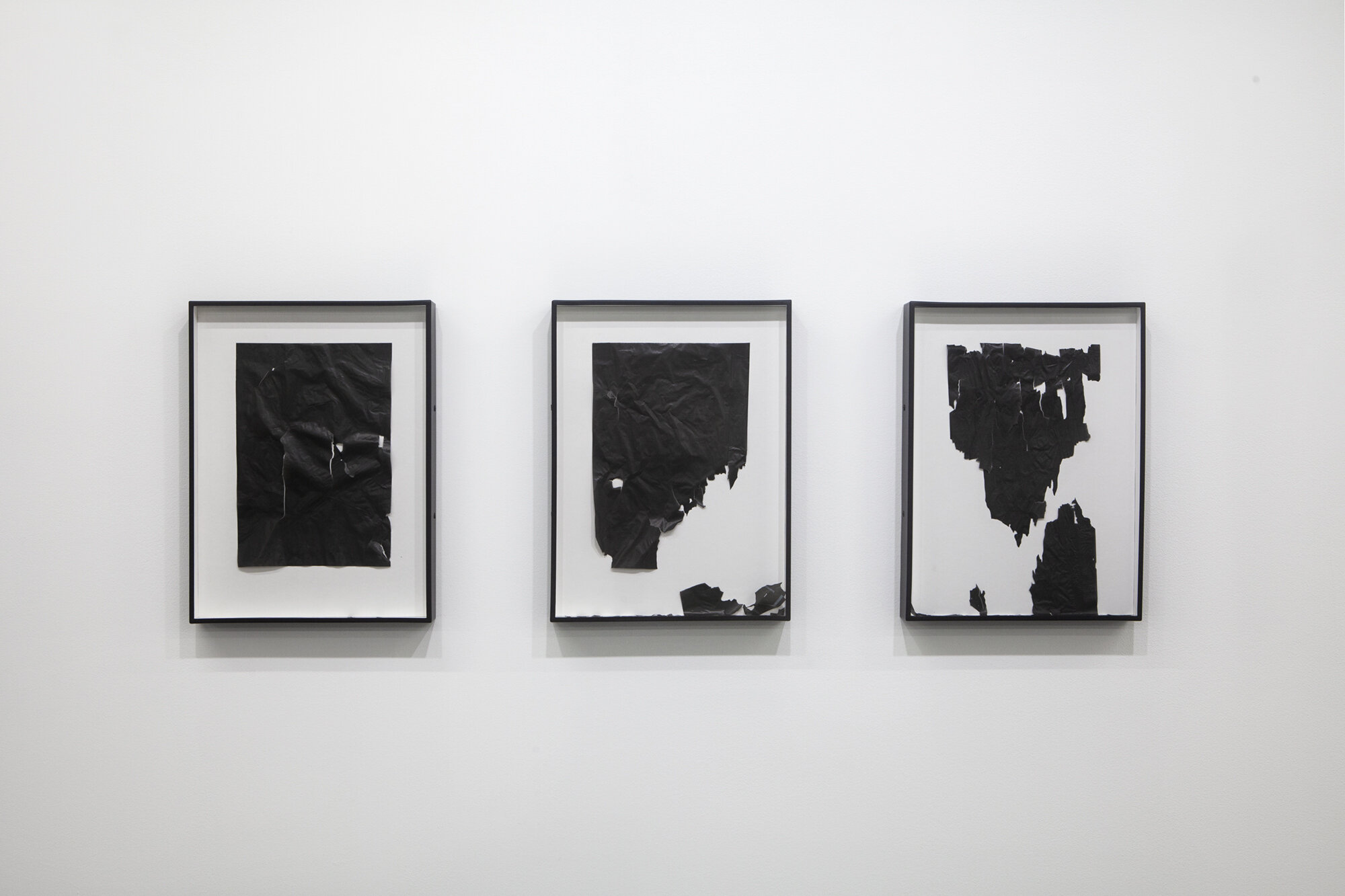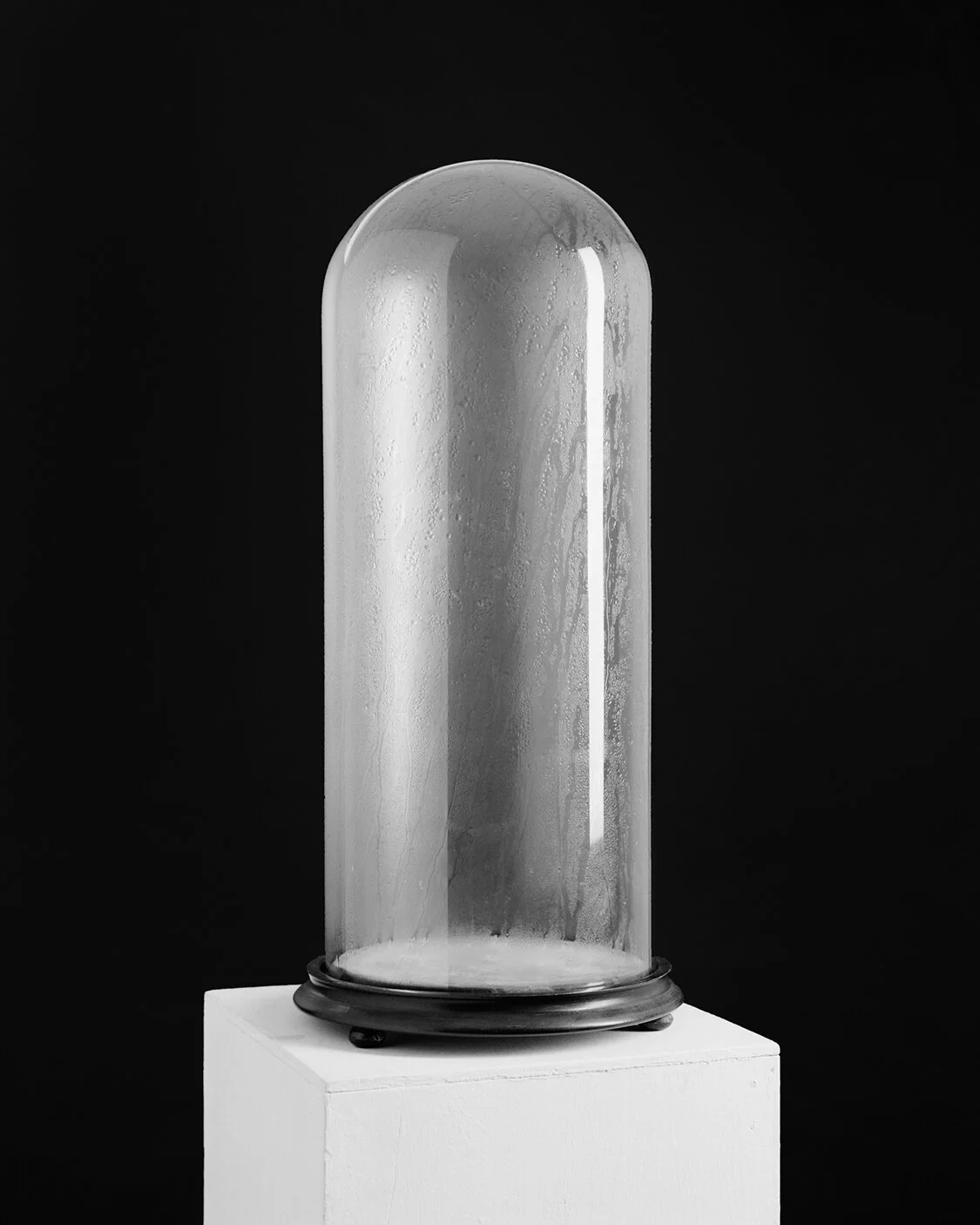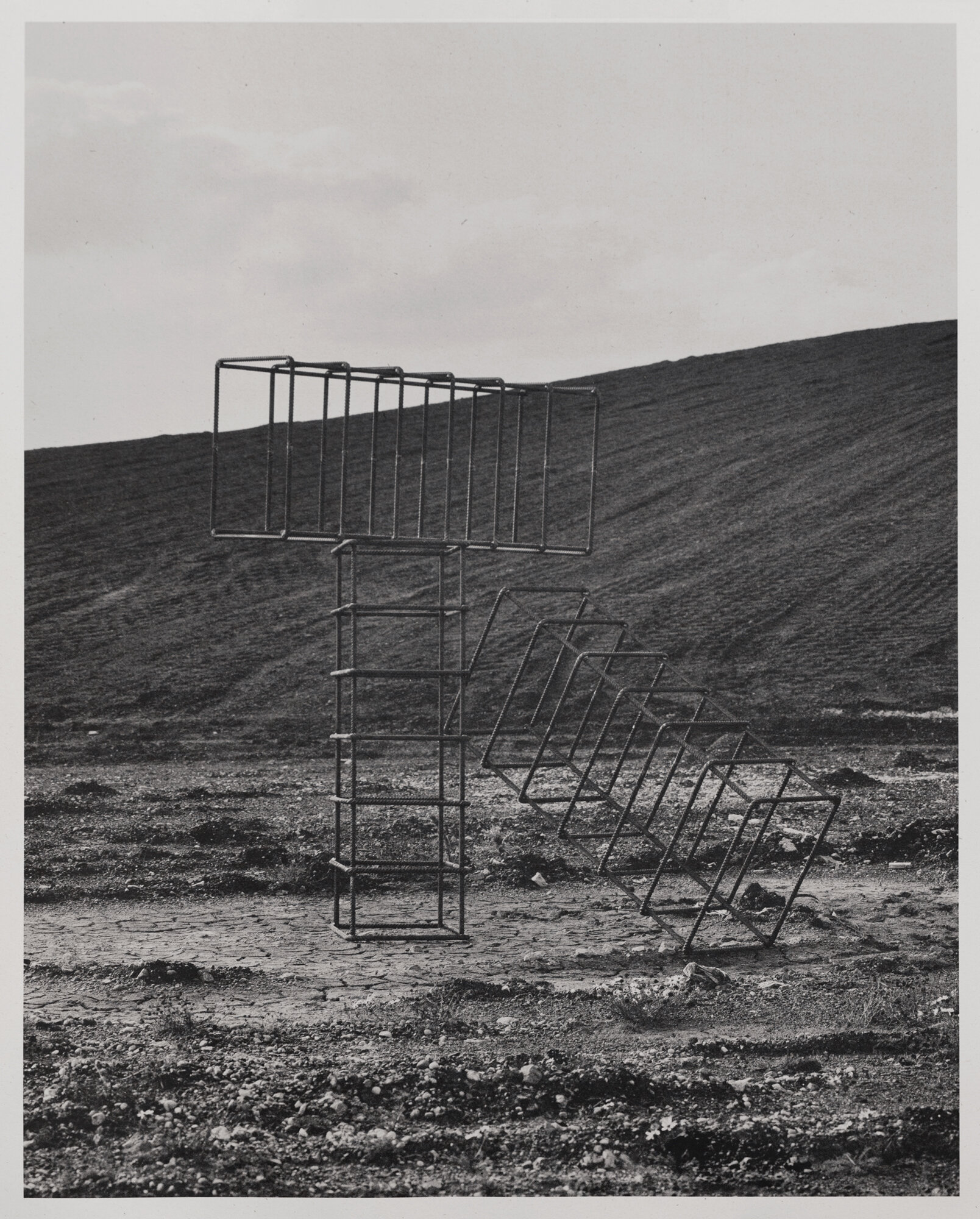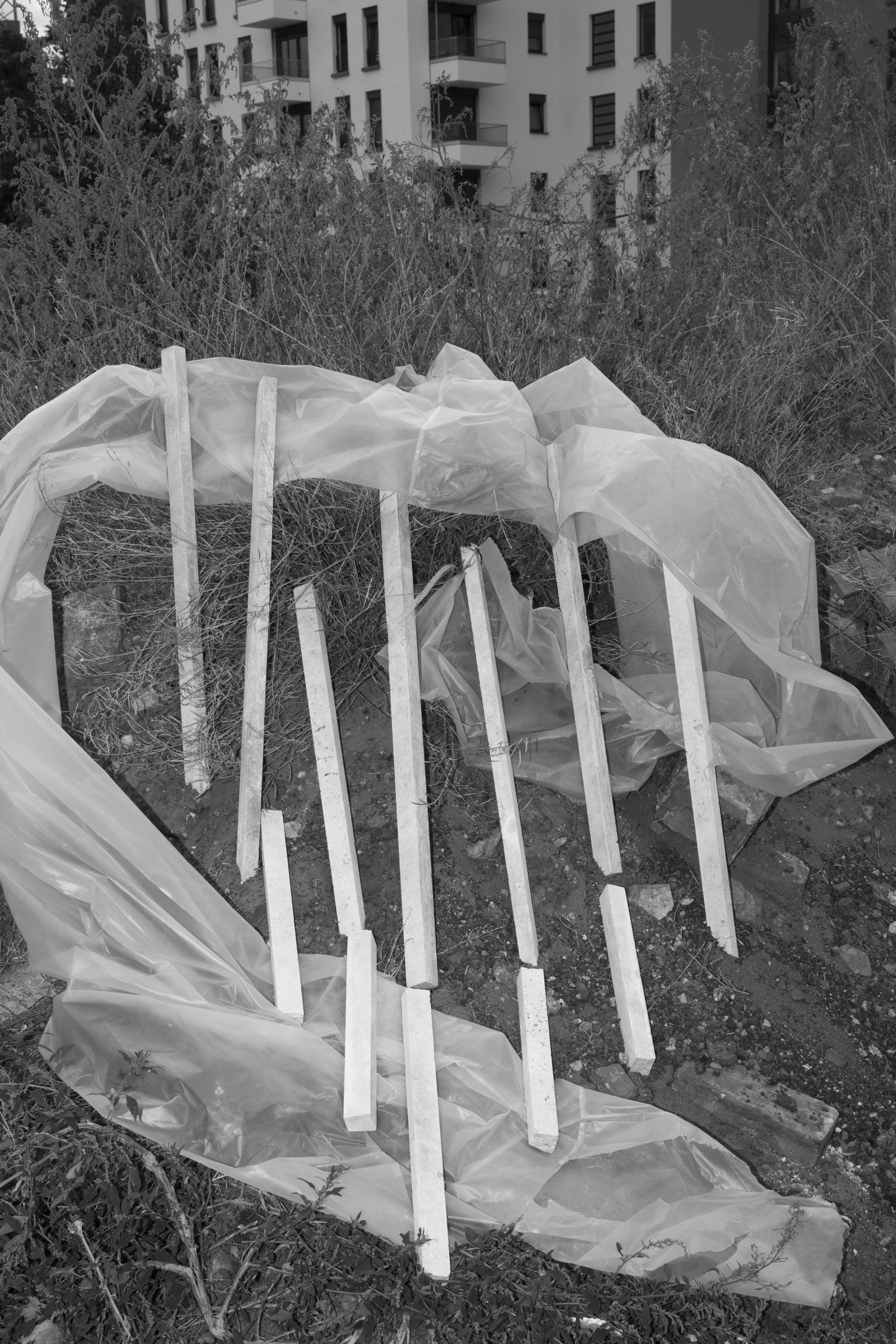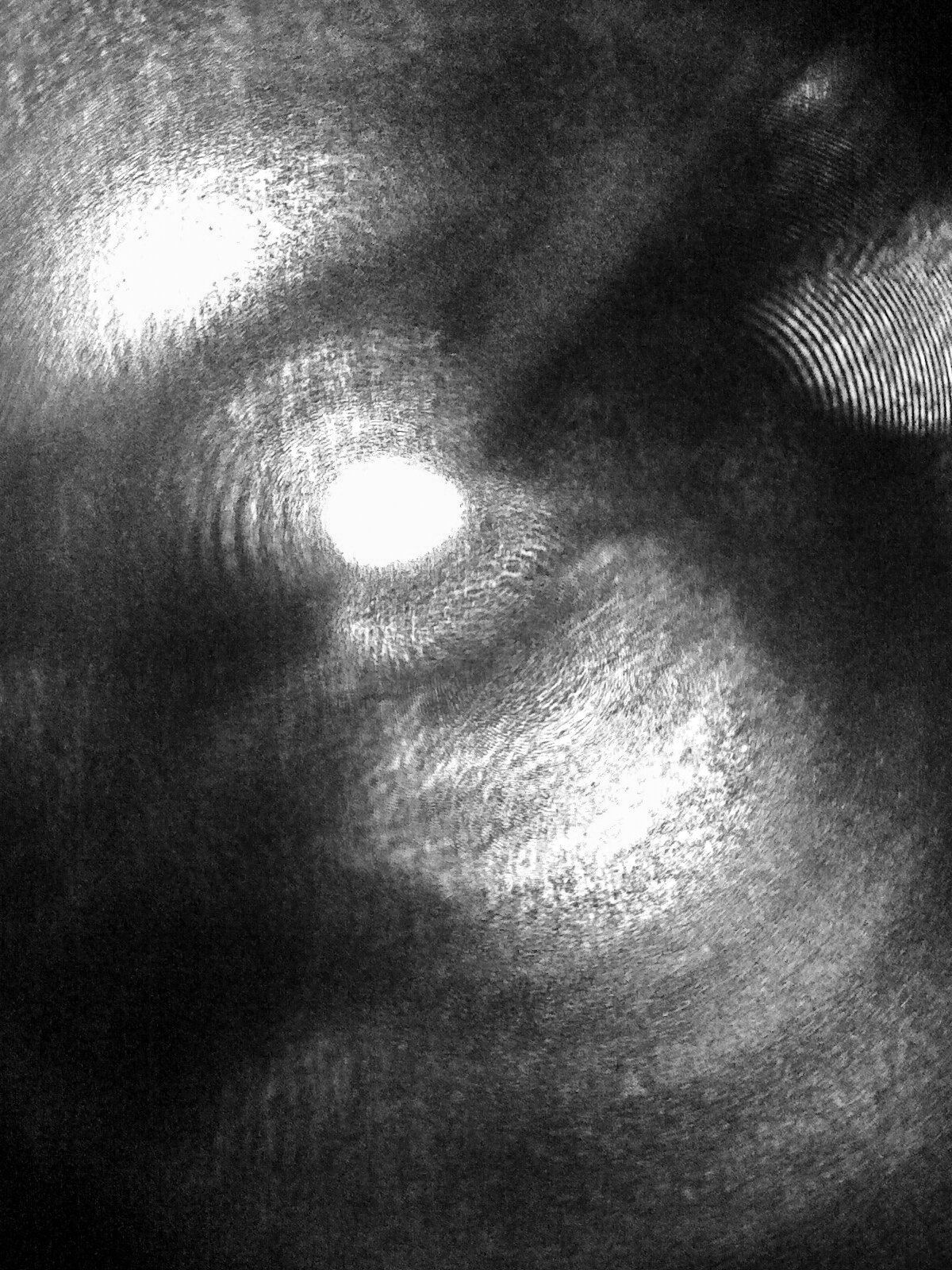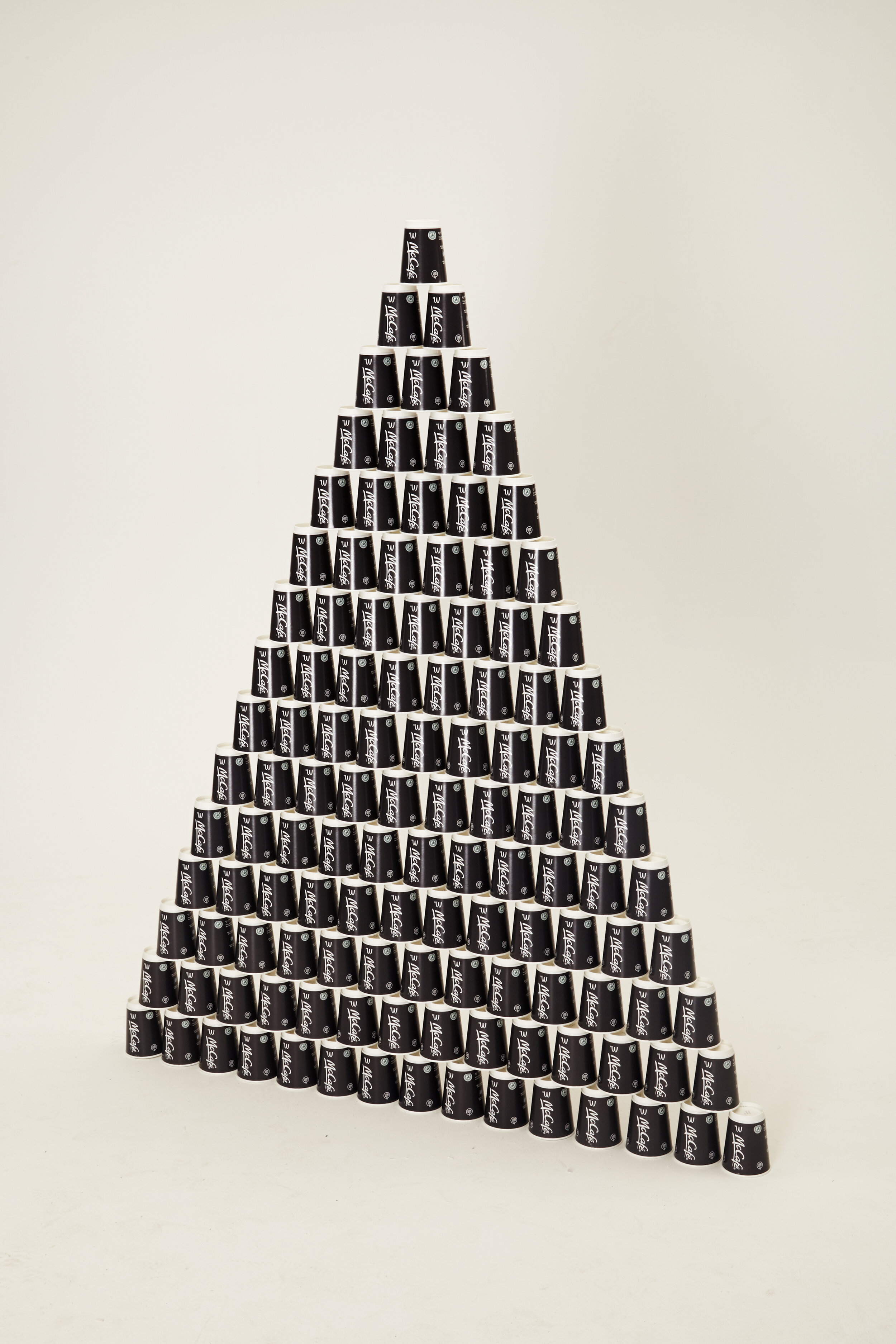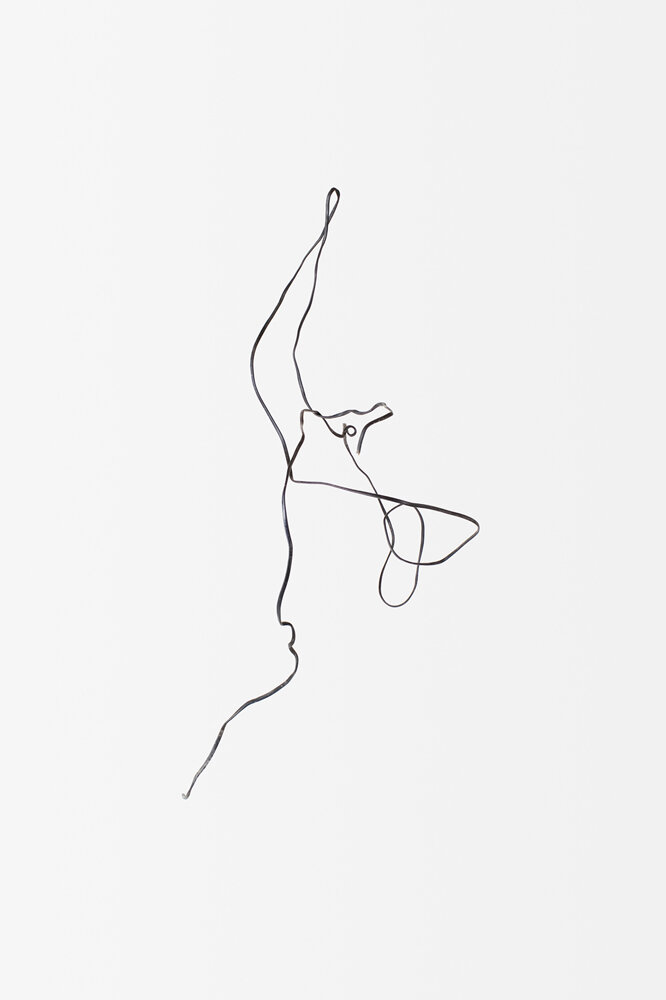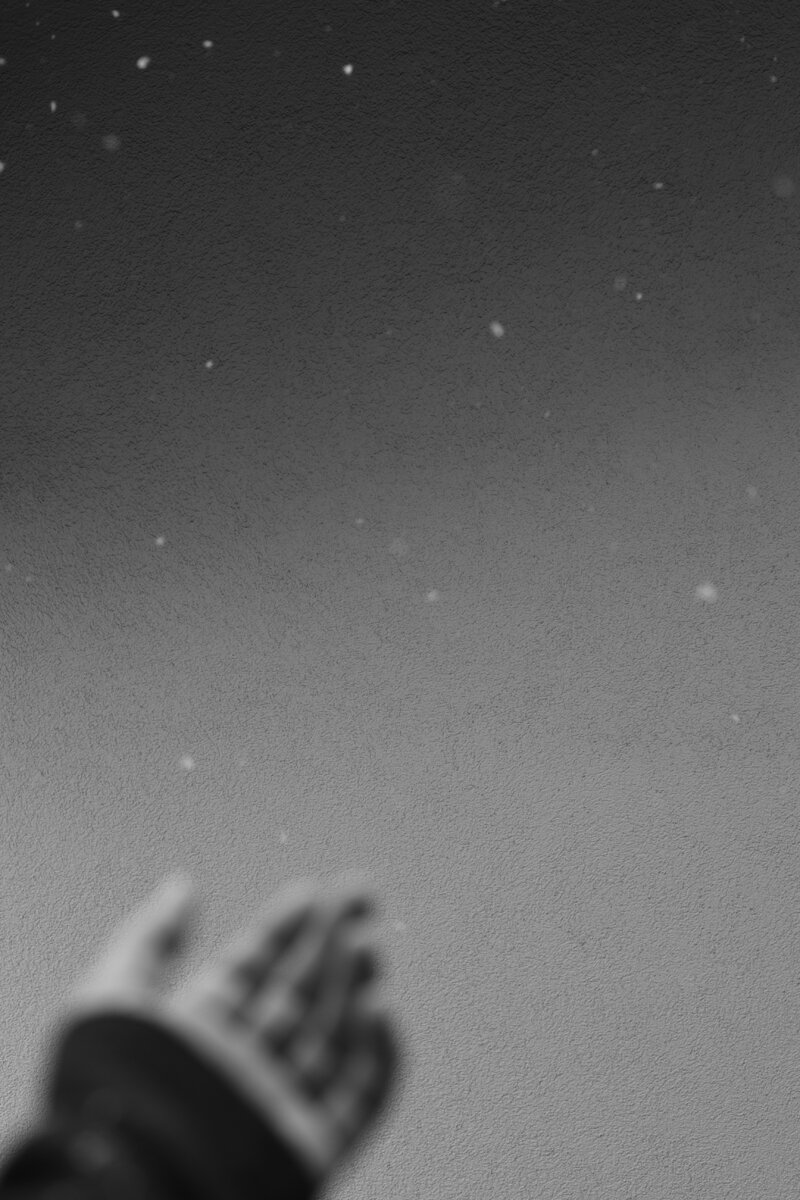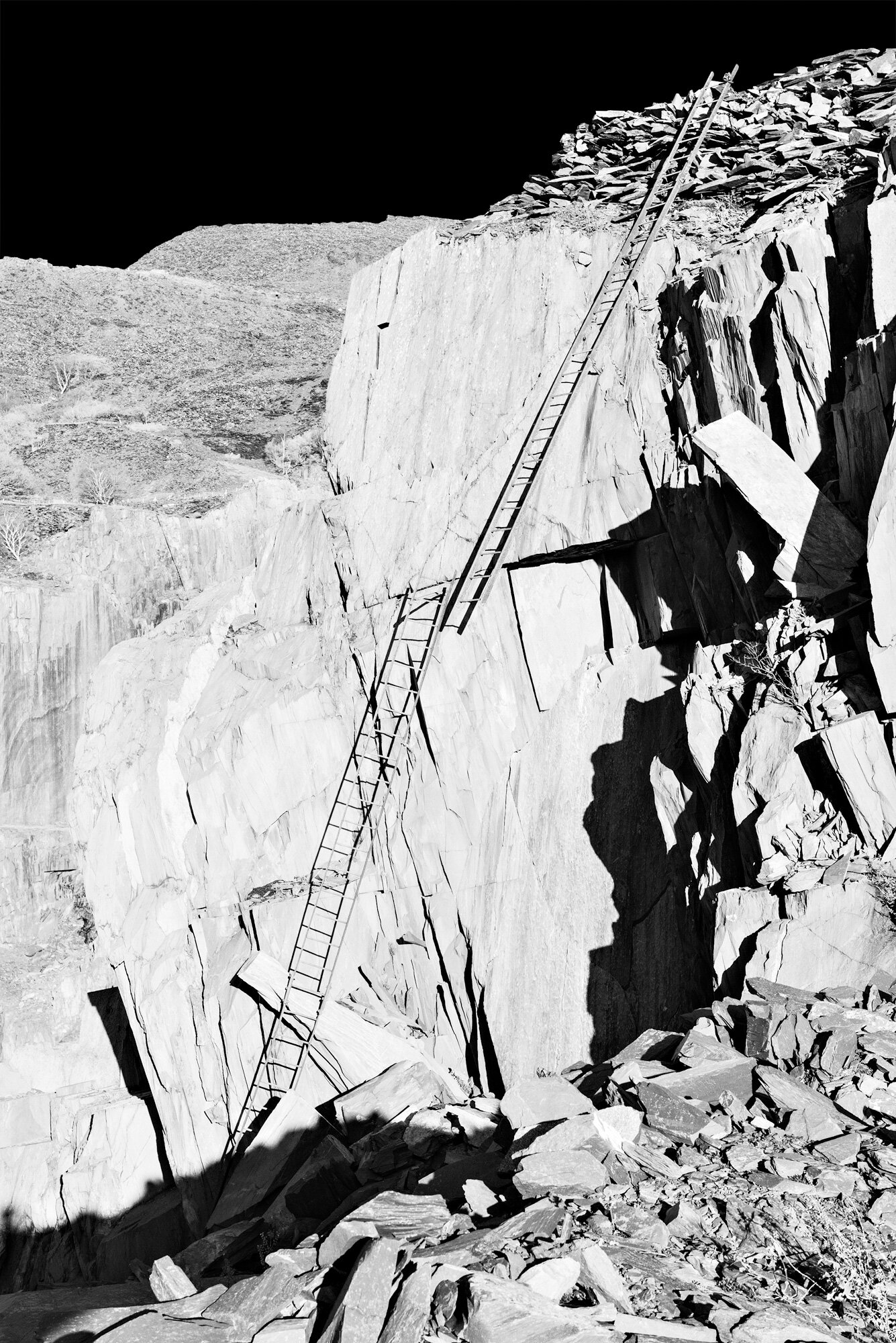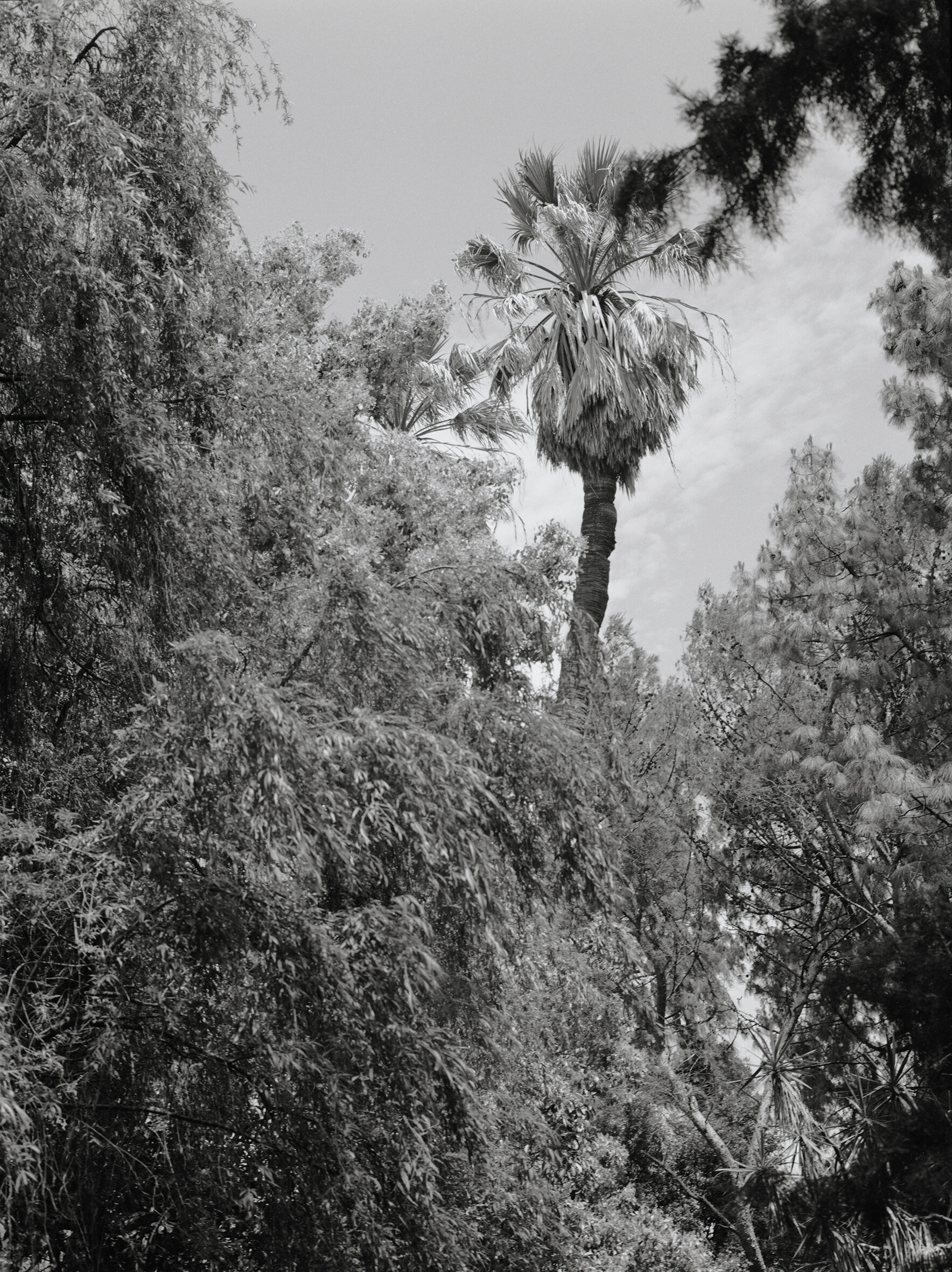Emma Bäcklund #29
COLLECTIVE 29
EMMA BÄCKLUND
Collective focus on the artistic process of one emerging artist; we learn about their sculptural practice and how it relates to construction, deconstruction, or both. Questions by Joanna Cresswell.
Tell us about your process. What reference or influence (if any) do you take from other mediums? At the moment I find inspiration in playgrounds, interior design, outside gyms as well as the body in relation to another body, forms or a spatial surrounding. I am thinking of how structures can be both social and private. My background is with contemporary dance, drawing and painting and I have only worked with the photographic medium a bit over four years now. The positive side of this I think is that I never had a ‘safe zone’ as everything was new when I started studying photography and I didn't belong to a boundary or habit. The ideas came first and it is how I work still. Ideas aren’t separated and I don't believe in discontinuity within a creative process. Instead they origin within lines of thoughts or are inspired by new influences weaved into previous ones blended with other experiences. Minimalism inspire me aesthetically and I challenge myself to strip off the image and aim for simplicity while thoughts remain unsolved and complex. The use of grey tonal ranges relate to the graphite pencil drawing and how drawing can be used as means of research and investigation, to gain knowledge and investigate what is in front of oneself. While drawing one learns to confront what one sees as oppose to what one think one sees. There is an interesting blur here which attracts me. I am interested in what occur when detaching objects or bodies from context and milieu to be placed within an image and the act of doing so is a gesture. I work between ideas of limitation and freedom, engagement and distance which relates to rhythm and I see the still image as a moving stand-still. Black and white photography releases symbolics of colour and emphasise form but also creates something different from how the eye perceive the world. I have started to work increasingly between sculpture and photography with influence from architecture and the model (the miniature), interior design and the measurements of the body. This explore form and function in relation to photography. Structures are built to be photographed and eventually, to be looked at. To be seen. Working with wood as a material encourage connotations to furniture and the domestic. Additionally, I intend to use sculpture within performance and choreography and like the idea of them being used in various contexts.
Are these pictures concerned with exploring formal and aesthetical interests – studies of form, colour, movement, how things work together? I would say that both image and what is beyond it needs to be incorporated as a whole. It is an interplay between theory and practice, representation and object and the image lays in between. I am interested in studies of form and movement within the static image. I do however work from an analytic point of view and the image is a consequence of a thought process and research. I want to create work that inhabit both collective and personal aspects simultaneously. The aim for a cold flatness aesthetically perhaps spur uncanniness. At the same time I want to invite intimacy that confront this coldness as seen in Fig I and Fig II which suggests two bodies close but facing opposite directions, left and right.
Are you a photographer or an artist using photography? I suppose I’m an artist using photography. As mentioned previously I haven’t worked with photography that long and in the beginning I felt as if it could limit me, (the lack of experience and technique etc). However, I started to realise how to use my previous experiences and understand now that it benefits me in that sense of broadness. I think it is about getting to know oneself within all of that, specially as photography can be used in so many various platforms and art forms in culture. It takes time to figure out and is something I still do.
Does your work reflect on the medium of photography or the photographic image? If so, is that intentional? It reflects on both, with awareness of its critique. I think it is hard to disengage these two perspectives. Again, nothing is one-sided. My work deals with the relationship one has to images and questions that interest me centre around what the medium does to ones cognitive and psychological understanding of space, form and body. Perhaps more so in a philosophical and psychological perspective rather than politically. Neuroscience have always interested me which relates back to my experience in contemporary dance and perhaps seeing the muscle as a mind rather than a dislocated other. Moving the body without a destination or purpose interest me as it is something one not often do generally. The body is more so used as a functional form, or tool.
Typically, are your works more about construction or deconstruction? Again, I would say both. I wouldn't want to limit myself as I am interested in both ways to use sculptural forms, it depends on the idea. I work with found forms such as Entrance and Lift that are parts of an architectural model of Coopers Union which is an Architect University in New York, ironically. Although, currently I am working with the physical act of constructing, building forms that adapt to my own bodily proportions. I play with removing an object’s original function to instead function as an image or to be recontextualized in a new or unfamiliar context in order to suggest a different interpretation. Perhaps it is a critique about form and how one may think of it anew. It is also a curiosity in the relation between objects and meanings and how one recognise collective familiar forms with the eye. I use my own non-logic thinking to make three dimensional forms that imply function but in real life they are more like temporary sculptures imitating actual ones. There is a certain irony in this.
Are you interested in the notion of your pictures as objects? Do you think about how their physicality may endure as you are photographing them or is that an afterthought? Yes. Going through the physical process of printing life-size, handling a print my own size is also a construction. But in the end what remains is the photograph as an object of form, to be looked at, to be seen. Seeing and using triggers different bodily senses. I imagine my work perceived as installations and in the encounter of the viewer, physically. Scale, height, light, paper quality, tonal range and the space are essential elements. I think a lot about the performativity within the making as well as the perception of the work and feel it loses some of that experience through the screen. (However, the screen is yet another set of rule for the body to adapt to which can be an interesting thought.)
Often sculptural photographic works are concerned with elevating banal objects, situations or events to a status of ‘art’ – when does something become art for you? For me, ‘art’ happens when in relation. It is problematic to accentuate and detach the artist or art, as it works in relation to elements of time, space and others. Therefore, I think the ideas around the isolated artist only feeds competitiveness and paralysation rather than collectivity and exchange which instead allows it to expand and flourish actively. I don’t believe in one-sidedness, everything inhabit various meaning depending on context, duration and perception and is constantly in movement. Art for me is when something does something rather than is something. I also think that the word itself is misinterpreted of being outside of life itself when it is weaved into our culture which wouldn't be a culture otherwise, (just as the word ‘Play’.) I don’t know if there is a point when something ‘becomes’ art, but I think it is rather a point of view and in this aspect ‘becoming’ can be questioned as it is rather in constant flux of ‘becomings’. When defining a beginning, middle and end one glorifies the becoming (end point), when the other parts are equally of importance. Our relation to time complicates ideas of art and I think it is more multi layered rather than linear. Art happens when freeing itself from being thought and letting that release open up to other forms of thoughts. Without this risk and of letting go, I think it is something else.
Published 15 November 2016









